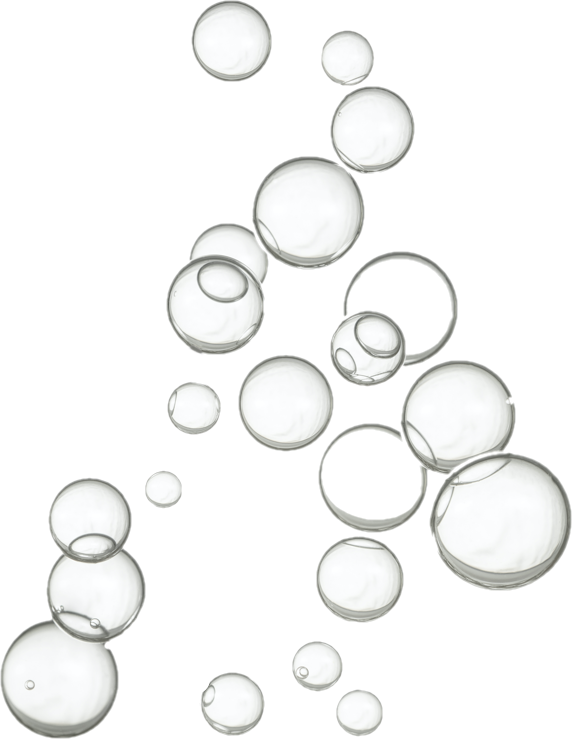

Dermatological soaps are made from cleansing agents that do not contain any soap. So why are they called ‘soap’? Because it is a name that is perfectly clear. In the vernacular, the terms cleansing tablet and soap-free soap sound a little strained.
A little bit of bath history
In ancient times, people did not wash themselves for reasons of self-defence. Not washing was found to be a great way of keeping predators (and people) at bay. The Romans, predecessors of the bath culture, set a good example to the people that they conquered: they built public baths everywhere that they colonised. Ancient excavations show how ingenious these bathing complexes were. In those times, public baths were also places where people exchanged ideas with one another.
In the course of history, cultural and religious ideas often stood in the way of bathing. And even when bathing was finally accepted, it was not easy for baths to be filled. The arrival of mains water pipes towards the end of the 19th century changed that situation.
For a full bath approximately 150 litres of water was required. That is, of course, rather a lot, and for that reason a great deal of effort was put into searching for an alternative. The first warm shower was introduced at the Berlin Exhibition of Hygiene in 1883. A shower lasting for five minutes would use approximately 45 litres of water. This saved a significant amount of water.


